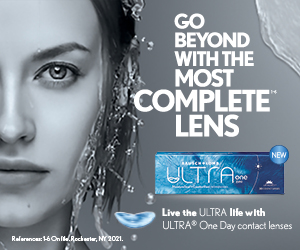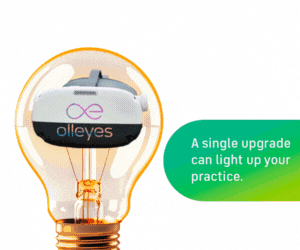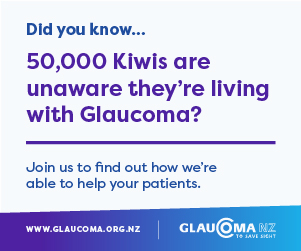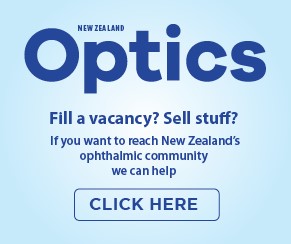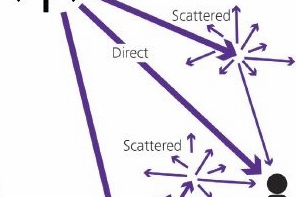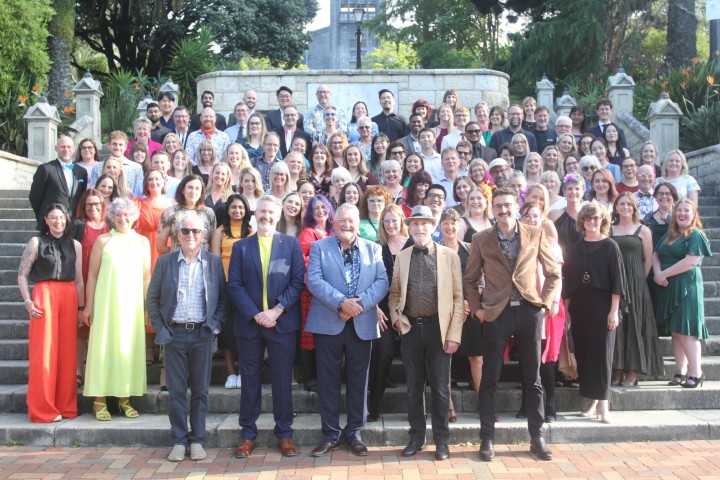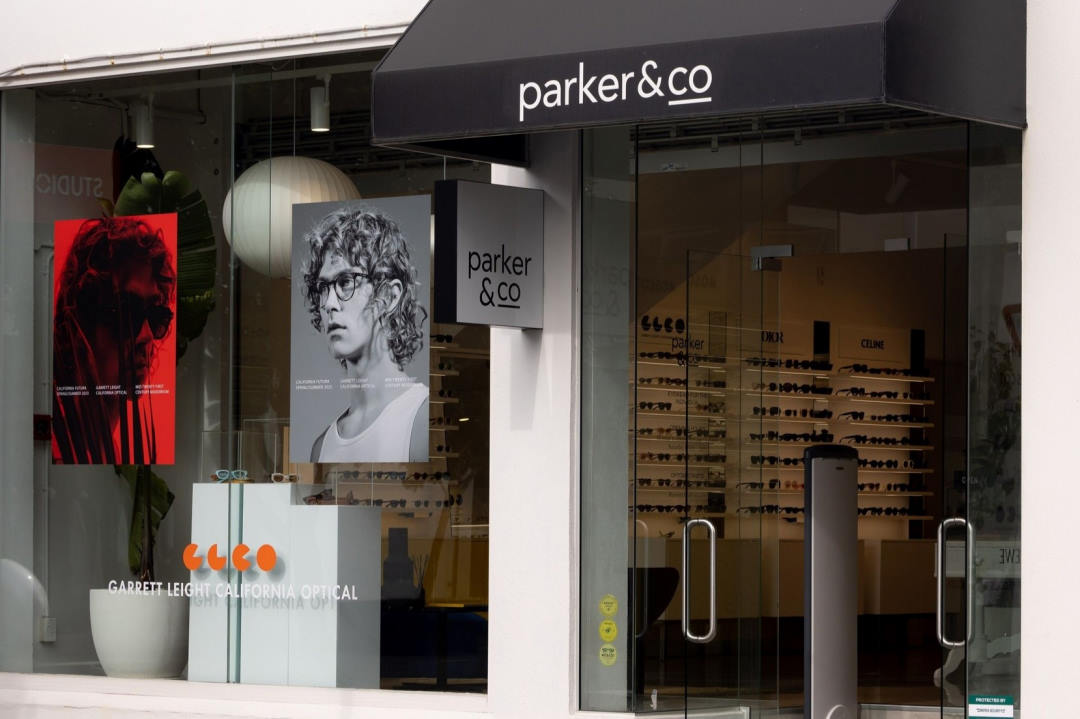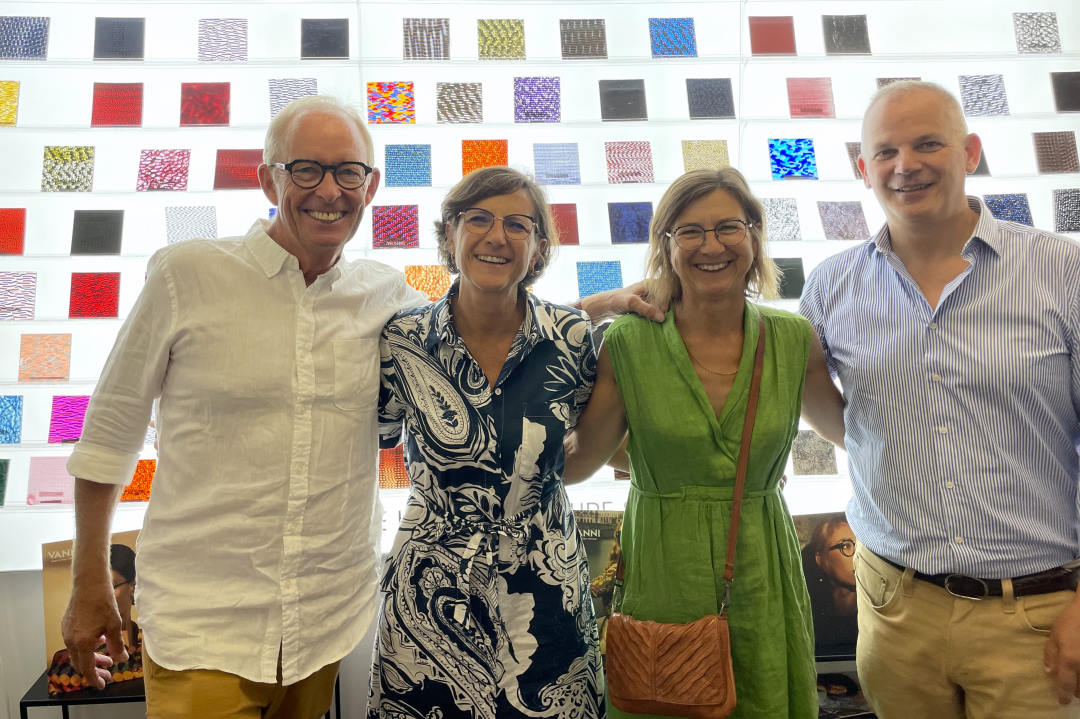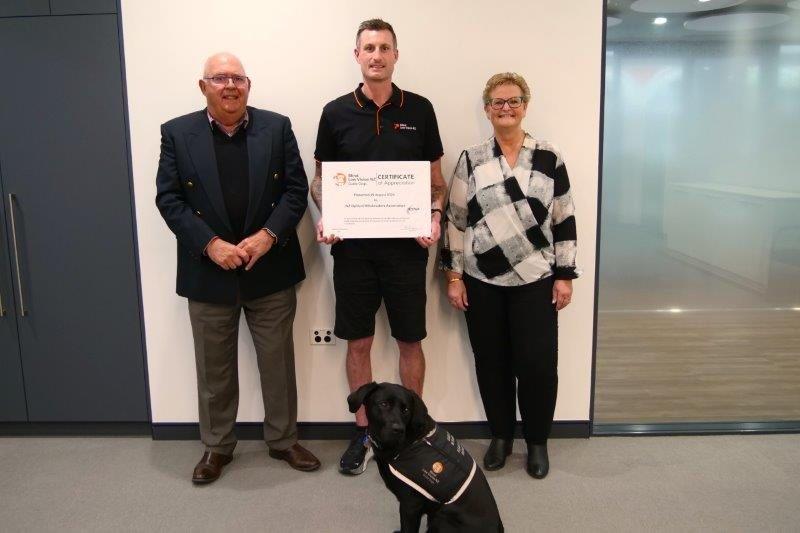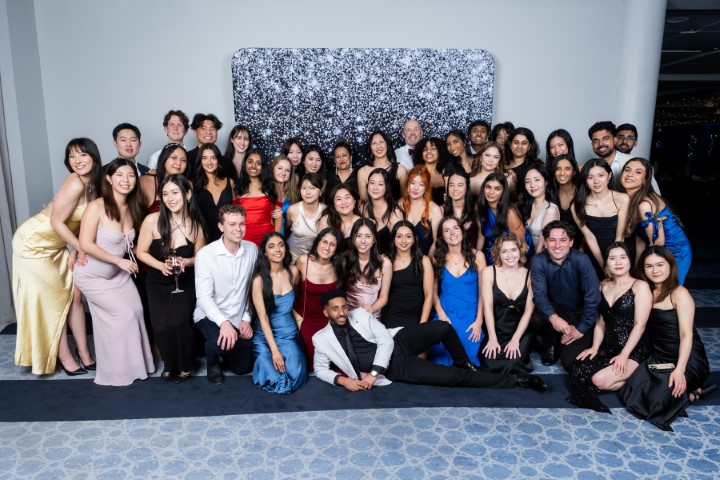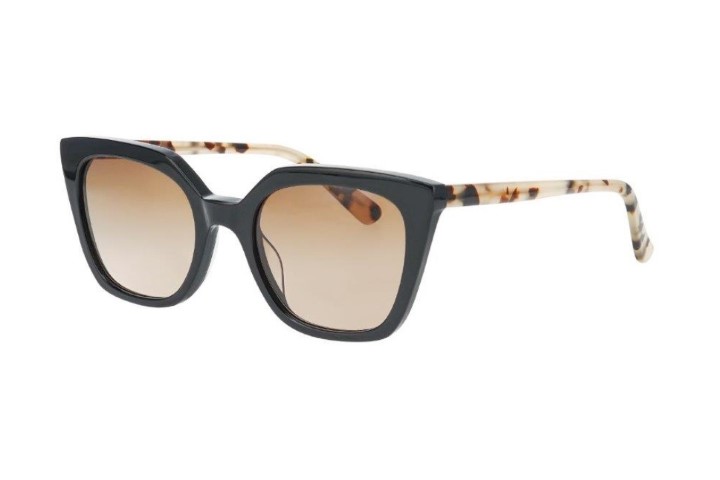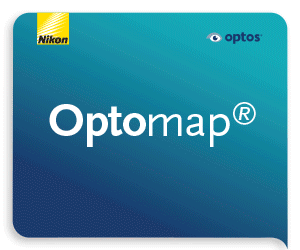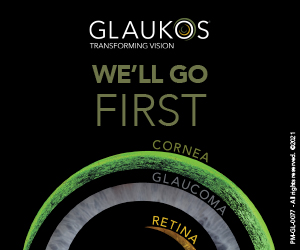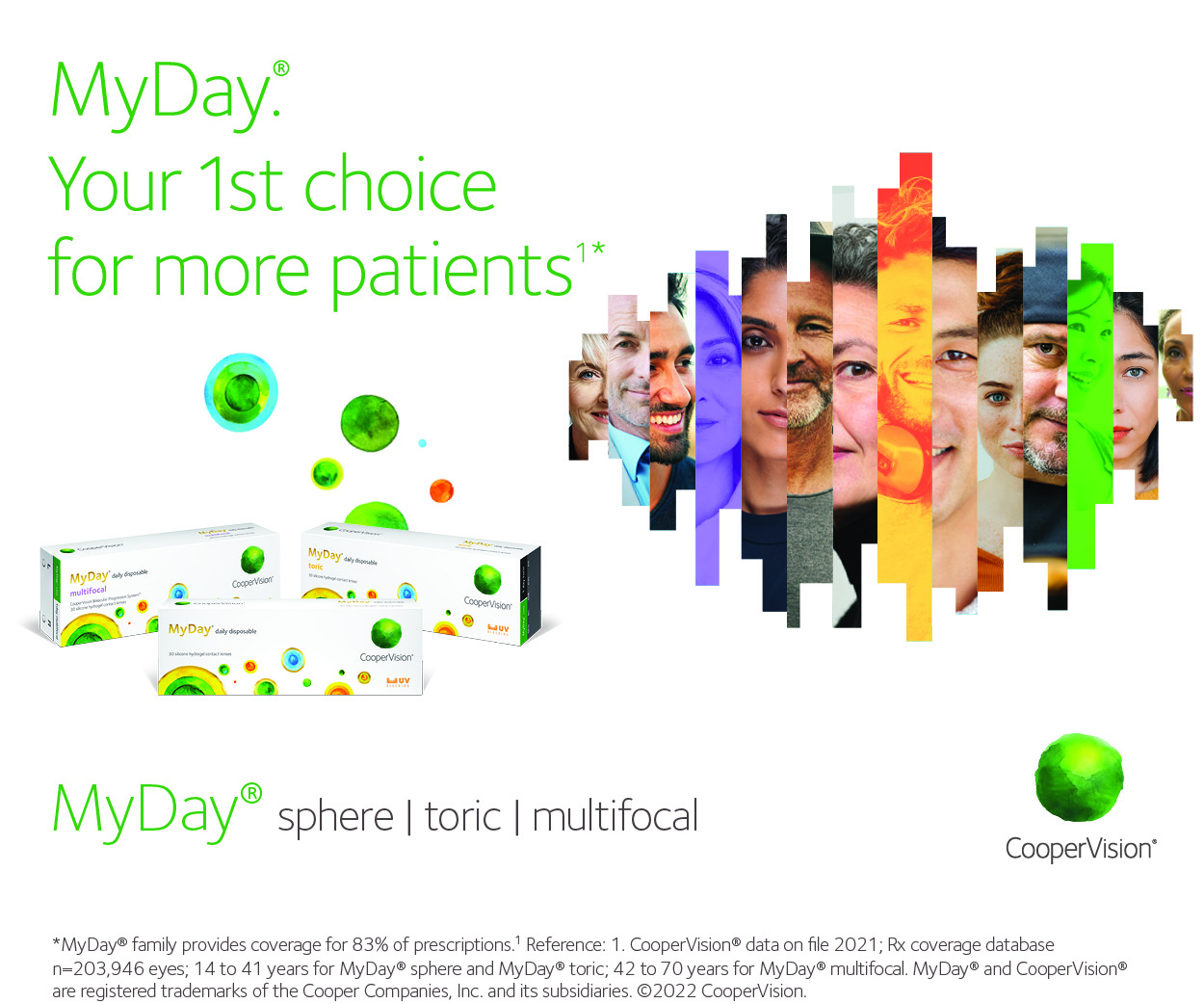Research highlights UV danger
A white paper by lens manufacturer Zeiss reveals the damaging effects of ultra-violet radiation (UVR) wavelengths from 315 to 400nm are significant, with recent study results suggesting wavelengths longer than 380nm account for 40% of total UV irradiation received from the sun at sea level.
Over a lifetime, this is a significant amount of harmful UV exposure, stated Zeiss in the paper, causing not only premature aging of the skin around the eyes but also more severe conditions, such as cataracts and cancer.
Glasses wearers are aware of some of the damaging effects of UVR but many, and even some eye care professionals, incorrectly think that eyeglasses provide complete UVR protection, said Zeiss. Many lens manufacturers still accept 380nm as a suitable level of UV protection, but UV protection up to 400nm - the New Zealand and Australian standard for sunglasses and the World Health Organisation recommended protection level - should apply to all eyeglass lens materials, optical as well as sunglasses, if the risk of sun exposure to the eyes is to be mitigated, it said.
Alternative “UV protection factors” for lenses can also be misleading, the paper continued. In its own research, Zeiss scientists established the vast majority of UVR reaching the eye comes from direct exposure, UV going through the lens rather than UV light reflected off the back of the lens and into or around the eye. Yet, 90% of eye care providers surveyed incorrectly assumed UV anti-reflective AR coatings, with low UV reflectance on the back surface of the lens, block nearly all UV rays when in fact there’s no meaningful reduction in direct UV light, they said.
Intense UV exposure may also happen even on hazy or partially cloudy days and often occurs mid-morning and mid-afternoon, said Zeiss researchers, pointing out the greatest potential exposure for many specs wearers may occur when wearing sunglasses is not practical or desirable.
Acute UVR eye damage happens with short but intense exposure and typically results in temporary damage to the skin or surface of the eye that will heal completely, but chronic damage and the irreversible diseases that follow are caused by much lower levels of exposure over a long period of time, said Zeiss. They also happen very slowly and wearers are unlikely to notice any changes as they happen.
Zeiss has changed its clear plastic lens materials to provide full-blocking of harmful UVR, as specified by the Australia and New Zealand sunglass standards, ensuring materials transmit less than 0.4% solar UVR. Lens material polymers such as allyl diglycol carbonate (1.50 index) and polycarbonate do not inherently block all UVR and additives must be incorporated, explained Zeiss, resulting in consequences for quality control: too little and UVR isn’t blocked fully; too much and the lenses may be discoloured. Zeiss’ UVProtect lenses have been designed to have visible light transmission virtually identical to unmodified standard lens materials and the very slight change of hue is unnoticeable by consumers, it said. Zeiss has not patented its UVProtect technology so other lens companies can use it in their products.




